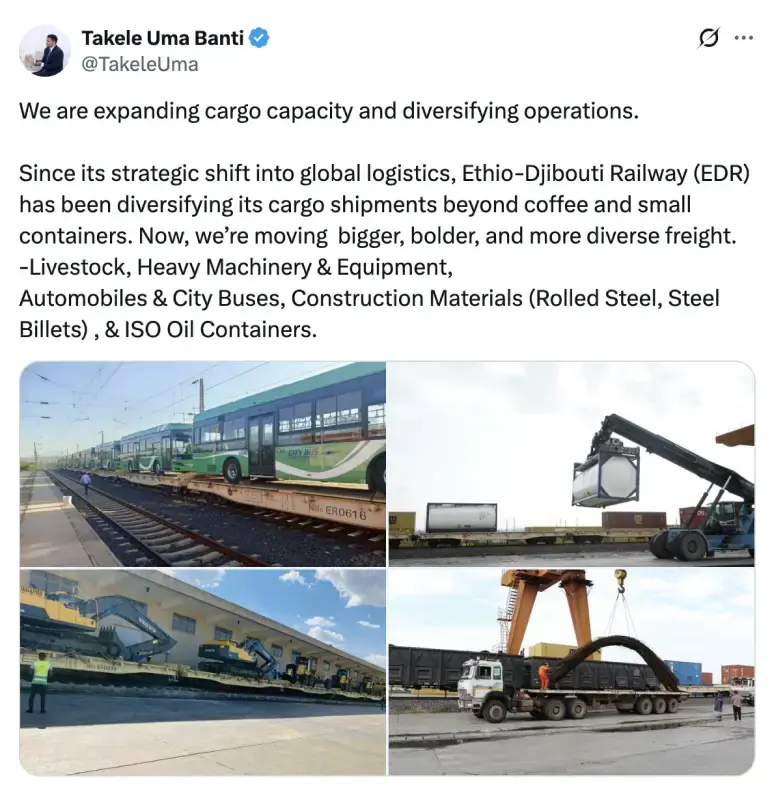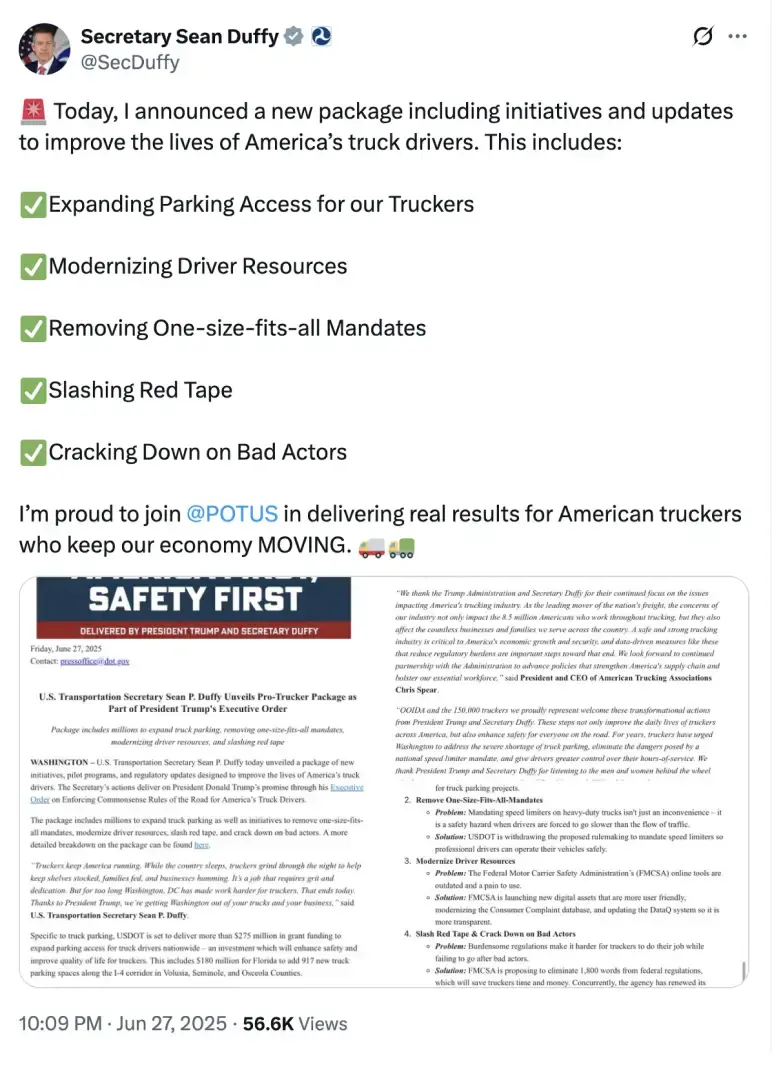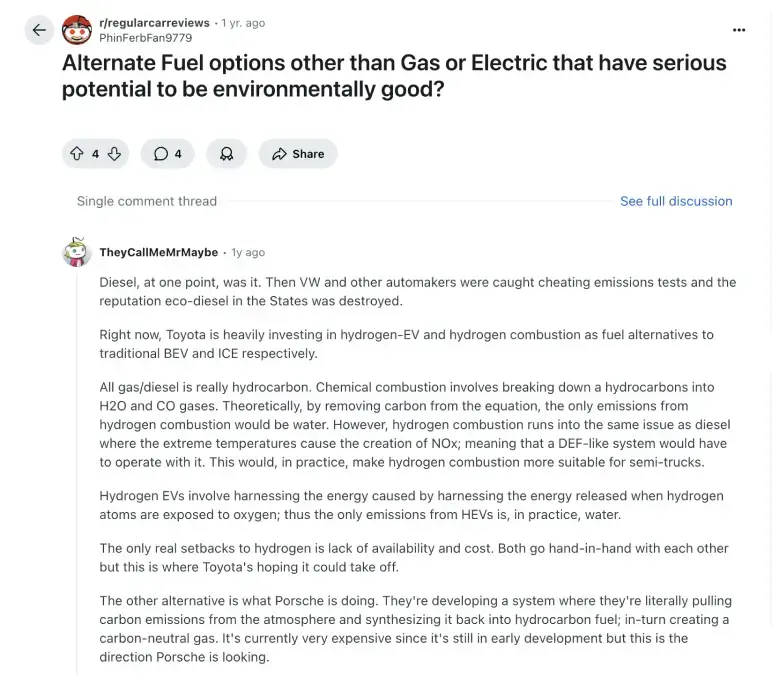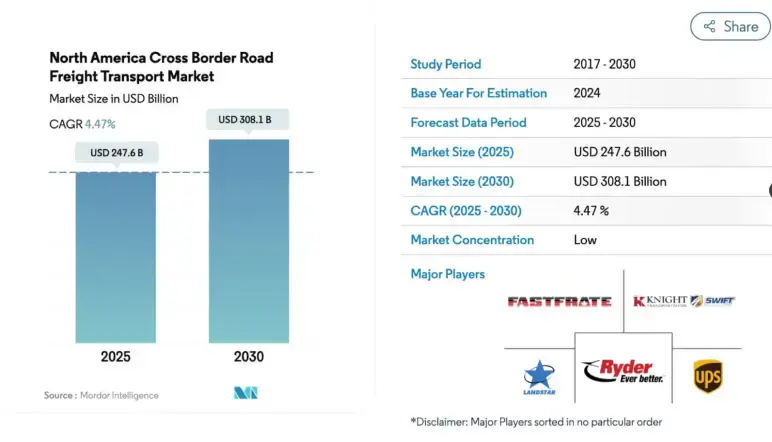Running a hot shot trucking business isn’t easy. One week you’re chasing loads, the next you’re stressing about fuel costs, paperwork, or finding steady work. Most owners we spoke with say the hardest part isn’t the driving—it’s keeping the business side stable.
That’s exactly where the industry is shifting in 2025. New tools, smarter opportunities, and changing customer needs are opening new scope every day.
These aren’t just big-industry trends; they’re real changes you can use to make your business smoother and rewarding.
Hence, in this blog, we’ll break down the hot shot trucking industry trends that is shaping the future. Moreover, what’s happening in the industry right now, and how you can use it to your advantage. Think of it as a roadmap to help you stay ahead, not just keep up.
Let’s dive in.
Current state of hot shot trucking in 2025
Think hot shot trucking is just “mini-trucking”? Think again. We enter 2025, and this agile freight segment holds unique strategic advantages; if you’re smart about it.
Here’s what’s real, what’s shifting, and what you can act on today.
| Metric/Trend | Insight for Hot Shot Operators |
|---|---|
| Market Size | $155.9 Billion in 2025 |
| Rate per Mile | $1.50 to $3.50 Average |
| Industry Scale | Part of $155.9 billion short-haul segment nationally |
| Global Tech Growth | EV & autonomous sectors are expanding rapidly |
| Fuel Transition | LNG surge in Asia signals global shift in trends |
Here are a few key takeaways from the Hot Shot trucking industry that you should keep in mind:
- Hot Shot trucking is easier to start, but your profit per mile is low—owning the model means optimizing every mile.
- Specialization—like pharmaceuticals, medical gear, or cross-border- is where the margin lives.
- Automated routing, AI-enabled load optimization, telematics, EVs—even at a small scale—can dramatically improve efficiency and profitability.
- With LNG and EV gains, especially in Asia, smart operators might pilot alternative-fuel vehicles or keep an eye on infrastructure trends.
- While passenger robotaxis get more hype, autonomous freight is moving faster and may democratize access to efficient lanes.
Remember, Hot Shot trucking is carving out a strong niche within the U.S. freight market, with steady growth opportunities. For those ready to adapt and seize new trends, 2025 could be the year to turn a lean operation into a thriving business.
Top trends shaping hot Shot trucking in 2025
The hot shot industry isn’t standing still—shifts in technology, freight demand, and regulations are creating new opportunities. Here are the key trends shaping how smart operators will run and grow their businesses in 2025:
1) Tech-driven dispatch and load matching
Ever spent half your day scrolling through load boards, only to land a run that barely covers fuel?
Yeah… that grind is fading out in 2025.
Hot shot trucking is getting smarter. AI-driven dispatch and load-matching apps are stepping in—and they’re changing the game.
Here’s why it matters for you:
- No more wasted miles, tech matches you with the best-paying loads near your route, not across the state.
- More money per trip, smart routing means fewer deadhead runs and more loaded miles.
- Small guys, big tools, mobile-first platforms now give solo operators the same firepower fleets have had for years.
- Time back in your pocket, less scrolling, more hauling.
The best part? This isn’t just “fancy tech talk.” It’s real-world impact. Imagine accepting a load while you’re fueling up, having the app line up your backhaul before you even drop, and shaving 100 empty miles off your week. That’s not hype—that’s cash in your account.
If you’re serious about starting a hot shot trucking business in 2025, this isn’t optional anymore. It’s the edge that keeps you moving, profitable, and ahead of the pack.
2) Diversification beyond oilfield freight
If you’ve been running hot shot loads for a while, you know oilfield freight used to be the big money-maker. It’s still out there, but depending only on oil work in 2025 can leave you with long gaps and slow weeks.
The smart move? Spread out your loads.
- Construction: Deliver steel, lumber, or tools straight to job sites.
- Farms: Farmers often need tractors, balers, or machinery to move fast.
- Factories: When a plant breaks down, they’ll pay more to get parts delivered on time.
- E-commerce: Some local retailers and warehouses are opening short, quick runs for smaller trucks.
Think about it this way: One week you might be hauling pipe for an oil company, the next week roofing materials, and by the weekend a hay baler for a farmer. That mix keeps your truck rolling and your income steady.
For example, the Ethio-Djibouti Railway (Ethiopia), with a strategic shift they diversifies its operations:

And you don’t need a big fleet to do this. Even with one truck and trailer, you can work with different brokers and load boards to find jobs outside oilfield work. I’ve seen single operators stay booked solid just by mixing farm and construction loads in their area.
So if you’ve been leaning only on oilfield runs, it’s a good time to branch out. Diversifying isn’t just about safety—it’s about building a steady, year-round business.
3) Regulatory and compliance pressure
Ever felt like the rules change just when you’ve finally got things figured out? That’s trucking in 2025.
From emissions laws in California to ongoing debates about broker transparency, regulations are shaping how hot shot operators run their business. Some of the biggest updates this year:

Here’s the upside—staying on top of compliance doesn’t just keep you out of trouble, it makes you more valuable.
Brokers and shippers trust drivers who operate clean, maintain good records, and avoid accumulating violations. That trust often means better freight and smoother pay.
Think of it this way: While others see compliance as a headache, you can use it as a selling point. A spotless safety record and updated equipment can set you apart in a crowded hot shot market.
4) Fuel efficiency and alternative power
Ask any hot shot trucker what eats up the most money, and the answer is always the same—fuel. Even with diesel prices calmer than they were in 2022, fuel is still your biggest cost line in 2025. That’s why smart operators are treating fuel efficiency like a business strategy, not just a side benefit.
Here’s what’s changing right now:
- Smarter fuel use, telematics, and routing apps can cut down deadhead miles and save gallons you don’t even realize you’re burning.
- New fuel choices like LNG and CNG trucks are gaining traction in some markets, and EV adoption is slowly rising for regional short-hauls.
- Diesel isn’t going away—yet, but efficiency is everything: Tire pressure monitoring, idle reduction, and lighter trailers all add up.

Why does this matter for hot shot owners? Because every extra mile per gallon is money in your pocket. A single truck improving from 8 MPG to 9 MPG can save thousands of dollars a year—money that goes straight to your bottom line.
And while most hot shot rigs are still diesel, early adopters of alternative fuel trucks are already testing electric pickups and lighter-duty rigs for local runs.
It won’t replace diesel overnight, but keeping an eye on these options now puts you ahead of the curve when infrastructure catches up.
5) Partnerships and niche brokerage
Here’s a truth about hot shot trucking (In fact, for all businesses): You can’t do it all alone. Sure, you can hustle off load boards and one-off calls, but the operators who really win in 2025 are the ones building partnerships and working with niche brokers.
Why? Because partnerships mean consistency. Instead of chasing random loads, you get steady runs, repeat customers, and fewer empty miles.
When you’re constantly chasing spot loads, it feels a lot like living paycheck to paycheck. Some weeks are good, others are dry. But once you lock in a strong partnership or niche broker, it’s like having a steady salary.
Niche brokers are another game changer. Some focus only on industries like medical supplies, agriculture, or heavy equipment. By working with a broker who specializes in your lane, you’re more likely to land urgent, higher-paying loads that match your setup.
Think of it like this: You can keep fishing in the big public pond (load boards) alongside everyone else. Or, you can build relationships that give you access to private waters, where the fish are bigger and easier to catch.
And don’t underestimate the power of teaming up with other hot shot drivers. Small alliances or mini-fleets can share contacts, pool resources, and cover more lanes—making you look bigger to brokers without actually running a big fleet.
6) Financial and insurance evolution
If you’ve ever tried getting a loan for a hot shot rig or affordable insurance for your first truck, you know the struggle. Traditional banks and big insurers often see small operators as “high risk.” But in 2025, that picture is changing—and fast.
Financing options are becoming more flexible. Instead of being stuck with big down payments, lenders are offering easy repayment options like:
- Lease-to-own programs,
- Mileage-based financing
- Startup-friendly credit lines
Such programs are designed for owner-operators, which means less upfront pressure and more breathing room to grow. Insurance is evolving, too. Because of better data and telematics, some insurers now adjust premiums based on your actual driving habits.
Safe drivers who maintain clean logs, limit idle time, and operate efficient routes can demonstrate that they deserve lower rates.
Why does this matter? Because financing and insurance aren’t just costs—they’re gatekeepers. Get them wrong, and your profits shrink. Get them right, and you unlock growth.
For a small hot shot business, shaving even 10% off insurance costs or spreading payments more smoothly can mean the difference between staying afloat and scaling up.
7) Cross-border and regional opportunities
Hot shot trucking doesn’t stop at state lines anymore. With supply chains shifting and nearshoring on the rise, 2025 is opening doors beyond your usual backyard.
Cross-border hauling—especially between the U.S., Mexico, and Canada—is becoming a hot lane. Manufacturers are relocating production closer to home, and this means that urgent parts, machinery, and raw materials often need to be transported quickly across borders.
Hot shot operators who get the right permits and understand customs processes can tap into a high-demand, high-paying niche. Closer to home, regional specialization is paying off too.
For example, agriculture-heavy states often need fast seasonal hauls (like seed, equipment, or produce), while energy regions rely on small, urgent freight.

By focusing on a regional lane, you build expertise, faster turnaround, and stronger client relationships—all things brokers and shippers pay extra for.
The opportunity is simple: the more you understand a specific border crossing or regional industry, the harder it is for someone else to replace you. Instead of competing on price alone, you’re competing on knowledge and reliability.
Action plan for hot shot operators
We know you can’t adopt every trend at once—and you don’t need to. The key is to pick the ones that fit your business model, resources, and goals.
Here’s a simple action plan to help you see which trends make sense for you, who they suit best, and how long it might take to adjust.
| Trend | Best Suited For | Time to Adopt/Adjust | How to Adopt |
|---|---|---|---|
| Tech-Driven Dispatch & Load Matching | Small and mid-size operators wanting more loads with fewer deadhead miles | 2–4 weeks | Try apps like Truckstop or DAT, test one for a month, and track which gives better loads |
| Diversification Beyond Oilfield Freight | Owners who rely heavily on one sector and want steady loads year-round | 1–3 months | Research industries like construction, agriculture, or retail; reach out to 2–3 new brokers weekly |
| Regulatory & Compliance Pressure | All operators (especially those growing fleet size) | Ongoing | Use ELD and compliance tools (KeepTruckin, Samsara), take short online compliance courses |
| Fuel Efficiency & Alternative Power | Operators running long hauls or high fuel cost routes | 3–6 months | Start with fuel-saving practices (idling, route planning); explore grants or lease options for fuel-efficient trucks |
| Partnerships & Niche Brokerage | Solo drivers or small teams wanting regular, steady work | 1–2 months | Build connections with 2–3 brokers in one niche (construction, medical, etc.); follow up regularly |
| Financing & Insurance Evolution | New business owners or expanding fleets | 2–6 weeks | Compare 2–3 financing options, join hot shot groups for recommendations, and negotiate premiums |
| Cross-Border & Regional Opportunities | Operators near borders or high-demand regional hubs | 2–4 months | Apply for required permits, learn customs rules, and partner with cross-border brokers |
Conclusion
We understand how tough hot shot trucking can be—long hours, tight margins, and constant competition. The trends we’ve shared aren’t just industry talk; they’re practical shifts designed to ease your struggles and help you run smarter, not harder.
From new tech tools and financing options to regional opportunities and evolving partnerships, the industry is changing in ways that can truly work in your favor.
The next step? Build an action plan. Decide which trend aligns best with your business today, set small milestones, and track results. Having a clear roadmap separates operators who thrive from those who burn out.
And if you need help shaping that plan, Upmetrics makes it easier to organize your ideas into a structured business strategy.
Here’s to hauling smarter, scaling stronger, and driving your hot shot business forward.


